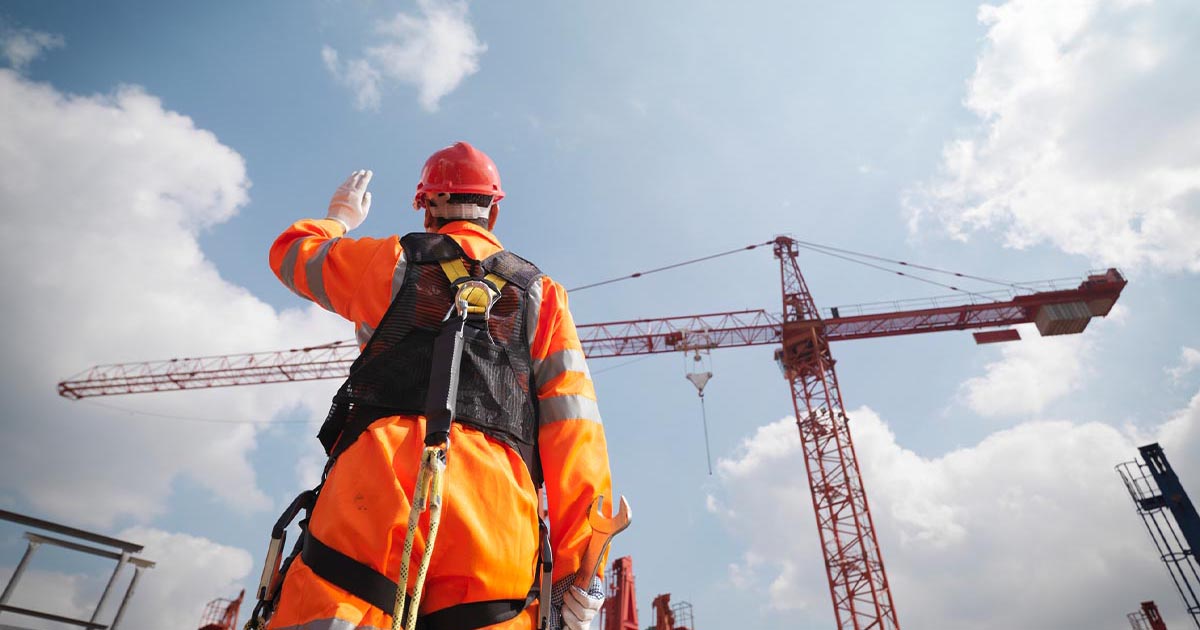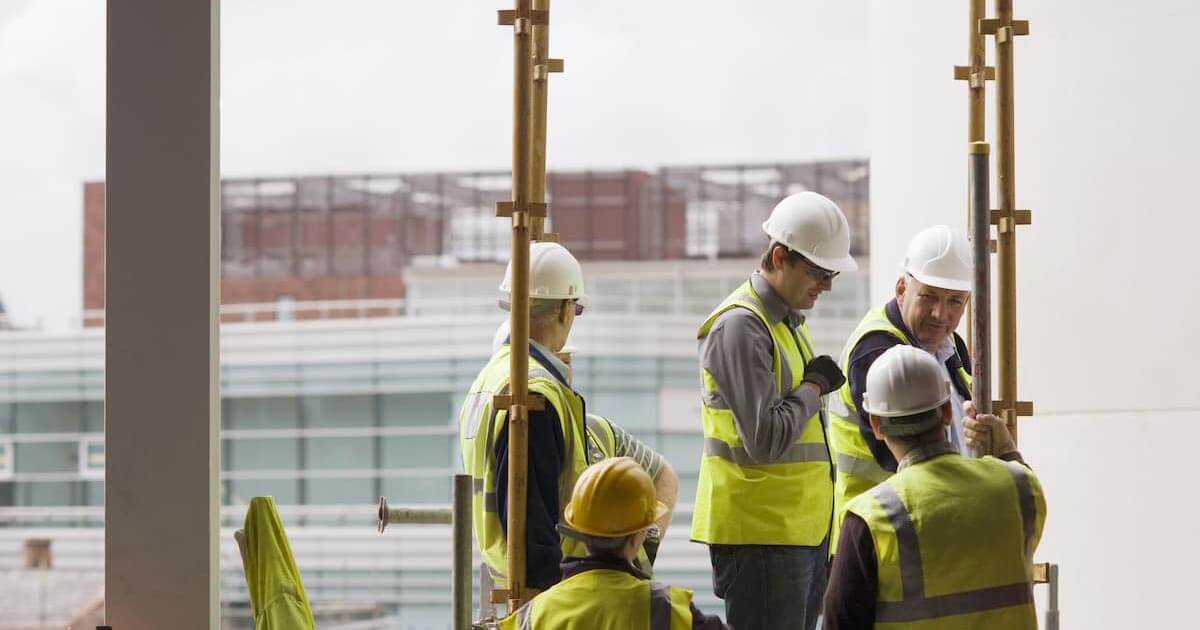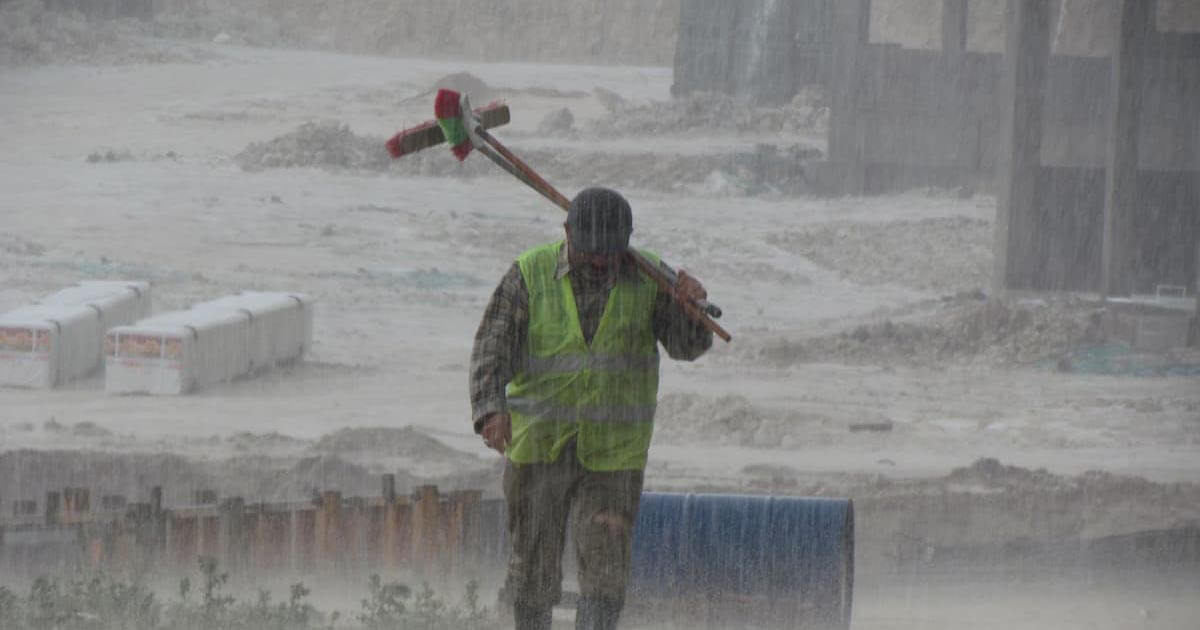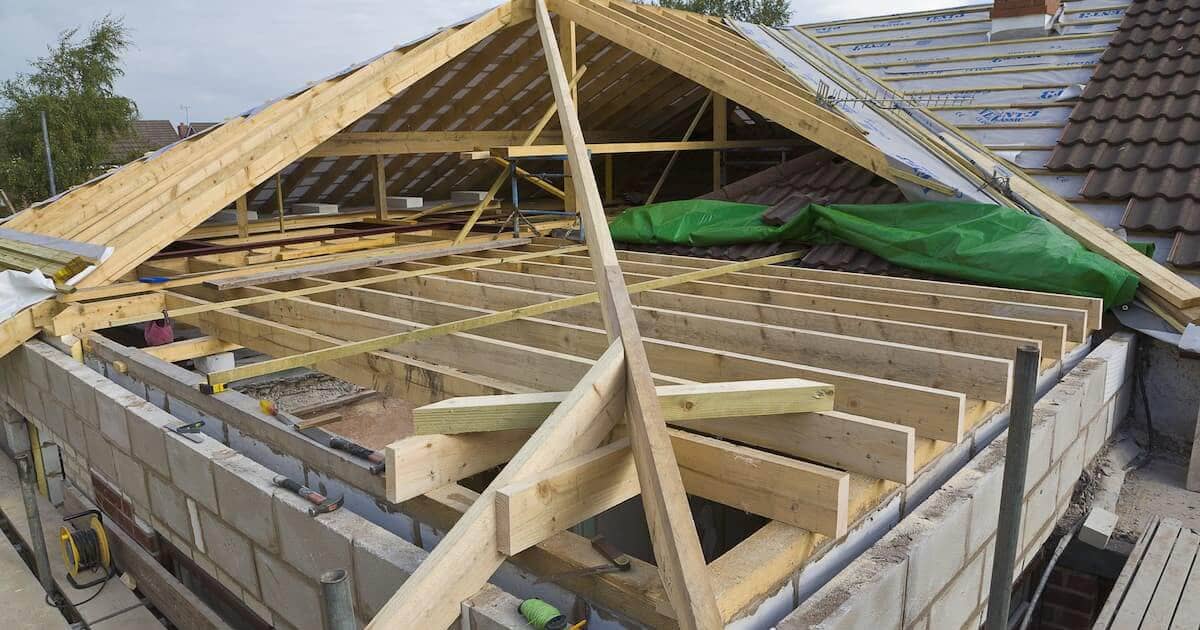Keeping your team safe from asbestos risks
Asbestos was completely banned from being used in the UK in 1999 due to health concerns, but buildings that were constructed before the ban came in may still contain asbestos, which can pose a risk to your team. As an extremely dangerous carcinogen, you require a licence to work around asbestos.
Take a look at our guidance on how you can keep your team safe from the risks of working around asbestos.
Why is asbestos so dangerous?
Asbestos is made up of many fibres that can be released into the air if damaged or disturbed. If these fibres are inhaled, they won’t cause immediate damage but can lead to serious health complications in the long run.
These are some of the health complications that can arise from inhaling asbestos fibres.
Mesothelioma
Mesothelioma is a type of cancer that affects the lining of the lungs and the lining of the lower intestine.
The sole cause of Mesothelioma is asbestos exposure, and by the time it has been diagnosed, it could lead to a fatality.
Lung cancer
Asbestos exposure can also lead to lung cancer, which manifests itself in the same way as lung cancers caused by smoking.
Asbestos related lung cancers are just as prevalent as Mesotheliomas.
Asbestosis
After being exposed to asbestos over several years, scarring can appear on the lungs due to a condition known as Asbestosis.
The condition can lead to progressive shortness of breath, and in particularly bad cases, can even be fatal.
Thickening of the pleural lining
Pleural thickening is when the lining of the lung thickens and swells due to asbestos exposure. If the lung lining becomes too thick or swollen, the lung can become squeezed, leading to shortness of breath and discomfort in the chest.
Did you know?
Protecting your team from asbestos exposure
As an employer, you have a duty of care to your team to keep them safe whilst at work. If you suspect a building site may have asbestos, you should take the following steps to protect your team from the dangers of asbestos exposure.
Identify asbestos as a risk
If you are working on a site that was built before the year 2000, there is the risk that asbestos may be present.
If you are working on non-residential premises, the owner of the building has a duty of care to provide you with any information on asbestos in the building and the condition it is in.
If no information is available, you should have the building surveyed, and any samples you suspect as containing asbestos should be analysed.
Perform a risk assessment
A risk assessment will help you decide whether or not it is safe to carry out building or maintenance work on a site that may house asbestos. In your risk assessment, you should identify if asbestos is a risk, and who may be affected.
You should use the results of your risk assessment to decide if the work is safe to carry out, or if you need to have the asbestos removed.
Do you need a licensed contractor?
Working around asbestos can be safe as long as it isn’t damaged or disturbed. If there is damage to the asbestos, or your work can’t be carried out without disturbing it, you may need to arrange for a licensed contractor to come and remove the asbestos before you carry out any work.
You can find licensed asbestos contractors through the HSE, Checkatrade or TrustATrader. If you are interested in acquiring an asbestos licence, visit the HSE website.
Provide PPE
If a member of your team is going to a site where there may be asbestos, but not where they will be disturbing it, it is still prudent to provide them with facial PPE that protects their breathing.
Take a look at the importance of respiratory protection and some of the equipment you can use here.
Contractor insurance with Premierline
At Premierline, we are passionate about helping you protect the business that you have built. This is why we offer a bespoke service to assess your business needs to make sure that you are covered should the worst happen.
Our business advisors will work with some of the UK’s most well-known insurance providers to find a quote that provides the cover that your business needs. Get in touch to speak with one of our trained insurance experts to discuss your contractor insurance requirements.


















